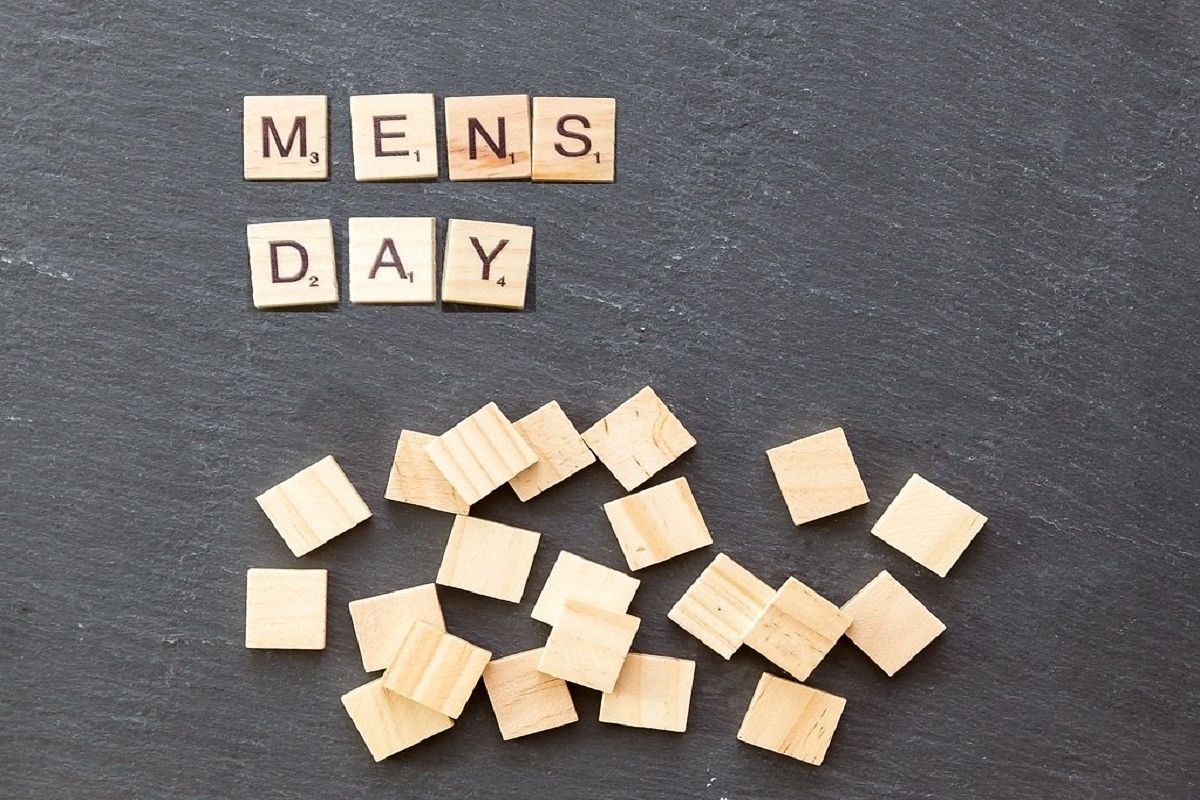Culture
International Men's Day: What Happens When Men's Issues Continue To Be Invisible
- Men's problems go unnoticed in a society that views them as merely protectors and providers.

Men's issues are 'invisible' to society.
In the run up to International Men’s Day on 19 November this year, two stories made news, and they are related to issues concerning men. Though there is an urgent need to address them, men's issues are 'invisible' to society.
The first one of these two news is, arrest of Aryan Khan. Aryan Khan’s arrest brought to fore yet again in mainstream media, the fact that thousands of undertrials are languishing in jail, for lack of proper guidance and support. More precisely it is a lack of monetary support and by extension legal support.
There is no bigger testimony to the failure of judicial system that when a person is under investigation, money power is conjoined with getting legal support which eventually determines the person’s liberty. Bail is considered as a rule rather than an exception, so that even the liberty of an accused is safeguarded during investigation.
Unless an accused is a threat to the investigation, there is no need to punish him through the process itself, before the person is convicted. This is a cornerstone of our judicial literature and pronounced loudly by the judicial system, yet 70 per cent of our jails are filled with under-trials.
Almost all these undertrials are men, but male as an identity is not associated with those suffering in these circumstances. There are identity markers based upon the caste and religion of the person being sympathised, but amusingly never the gender of men.
We read that one-third of the undertrials are Dalits and Adivasis or that minority communities are jailed disproportionate to their population in the country, yet never are these people identified only as men. If a Dalit woman is raped, it is a woman’s issue, but Dalit men spending lives as undertrials is somehow only a Dalit issue.
These issues are not seen from the perspective of burden that men carry, of the stereotypical gender role of protectors and providers. The men at the bottom of societal pyramid, burdened with their traditional roles, coupled with poverty, are prone to crimes and in some cases spend their better part of life in jails as undertrials. This is as much a men’s issue as it is a problem of the judicial system. If a man is not judged by his ability to provide, he might not be pushed into these petty crimes. Yet the resistance to see this from a gender perspective is intriguing.
The second news is about National Crime Records Bureau publishing the statistics of suicides in India in the year 2020. A total of 108,532 men have died by suicide in the year 2020, which is an overwhelming 71 per cent of the total 153,053 suicides in the country.
Nearly half or 48 per cent of total suicides are by married men alone. The age group between 30 and 60 years in men constitutes 38 per cent of all suicides. In spite of these high proportion of male suicides year after year, the society and media have turned an absolute blind eye towards this issue.
In the lockdown period, 9.4 per cent more married men lost their lives by suicide than the previous year. Comparatively, amongst men who were separated, the figure of suicides fell by 15.8 per cent than in 2019. This shows lockdown was harsh particularly on married men, but most media attention has been solely focusing on domestic violence on women.
The general perception is men commit suicide due to financial problems owing to losses in employment or businesses, but the figures show that a whopping 33.6 per cent suicides are because of family problems which together with illnesses, that form 18 per cent of all suicides, turn out to be two major reasons for more than half of all suicides. On the contrary, suicides due to the reasons of unemployment and bankruptcy or debt are mere 2.3 per cent and 3.4 per cent respectively.
These statistics show that more than economic hardships, men are dying owing to trouble within families. This coupled with the fact that half the suicides are committed by married men, leads us to an urgent need of approaching mental health of married men freshly. What ails men is so invisible to us, that we don’t even pay attention to these issues even after statistics are glaring right in our faces. Year after Year.
The invisibility of issues plaguing such minds, are the reason the figures of suicides of men are steadily increasing every year. This men’s day at least let’s try to reflect why we allow such invisibility to be retained in our society without being questioned. May be our attention could save a life, probably of someone dear to us.
Introducing ElectionsHQ + 50 Ground Reports Project
The 2024 elections might seem easy to guess, but there are some important questions that shouldn't be missed.
Do freebies still sway voters? Do people prioritise infrastructure when voting? How will Punjab vote?
The answers to these questions provide great insights into where we, as a country, are headed in the years to come.
Swarajya is starting a project with an aim to do 50 solid ground stories and a smart commentary service on WhatsApp, a one-of-a-kind. We'd love your support during this election season.
Click below to contribute.
Latest